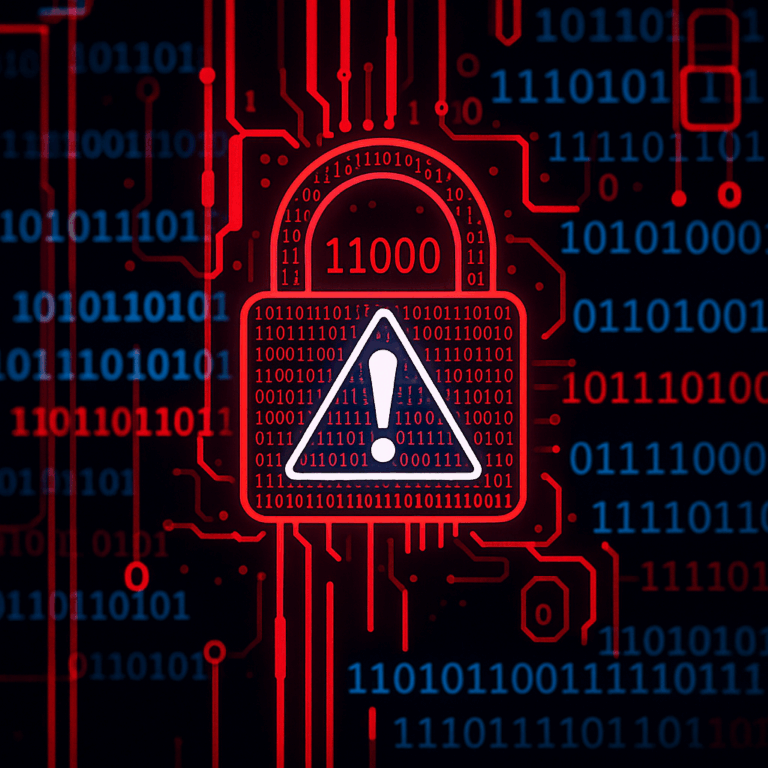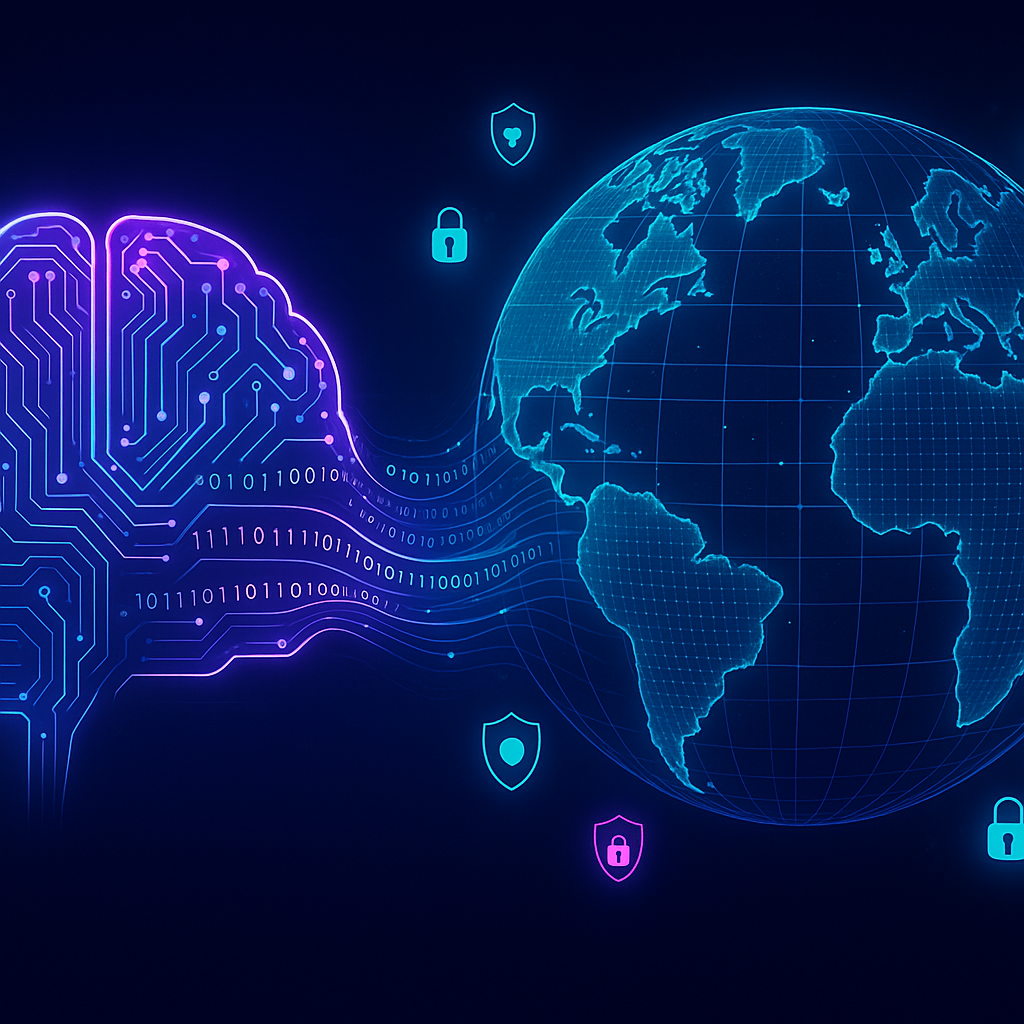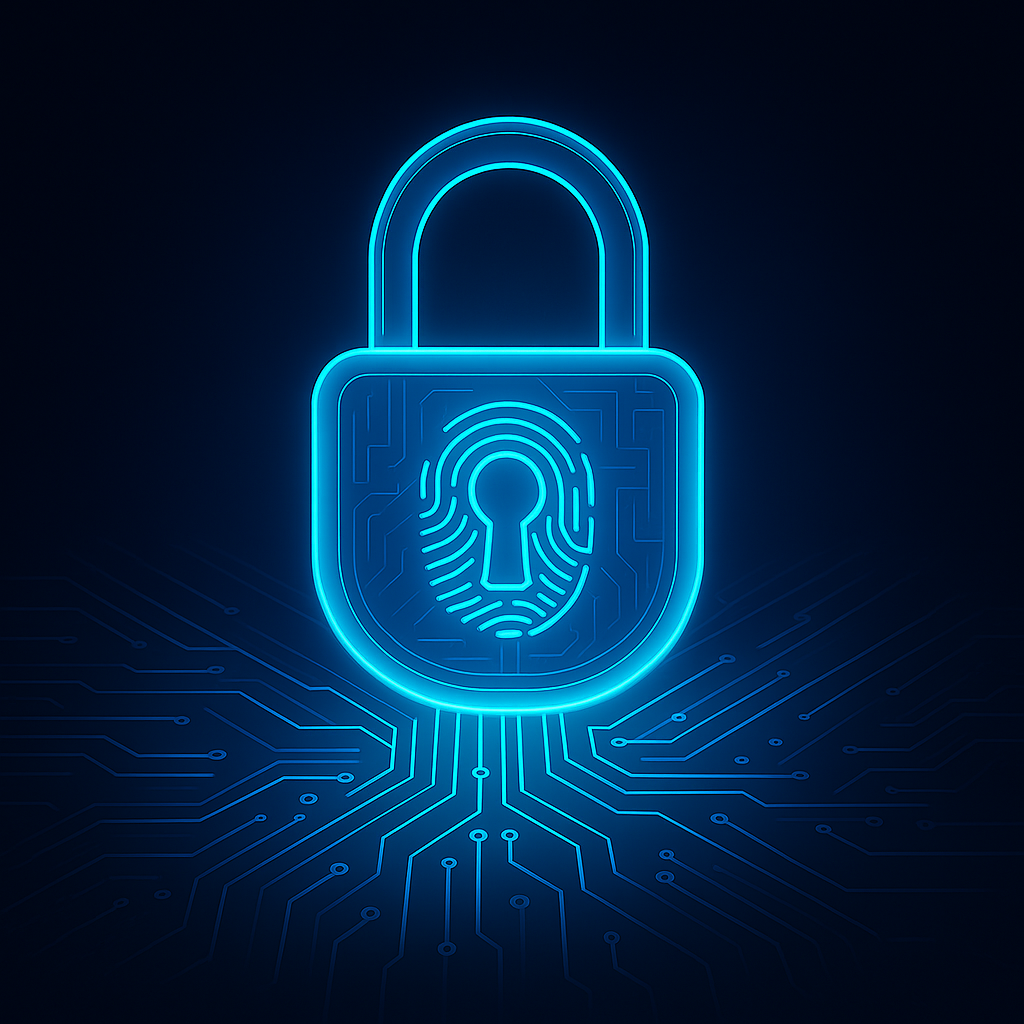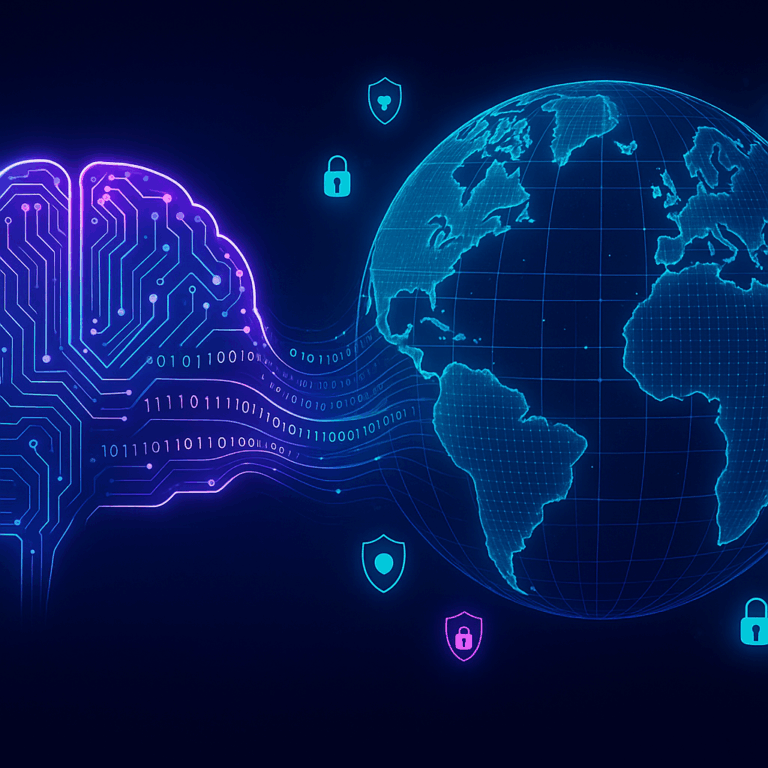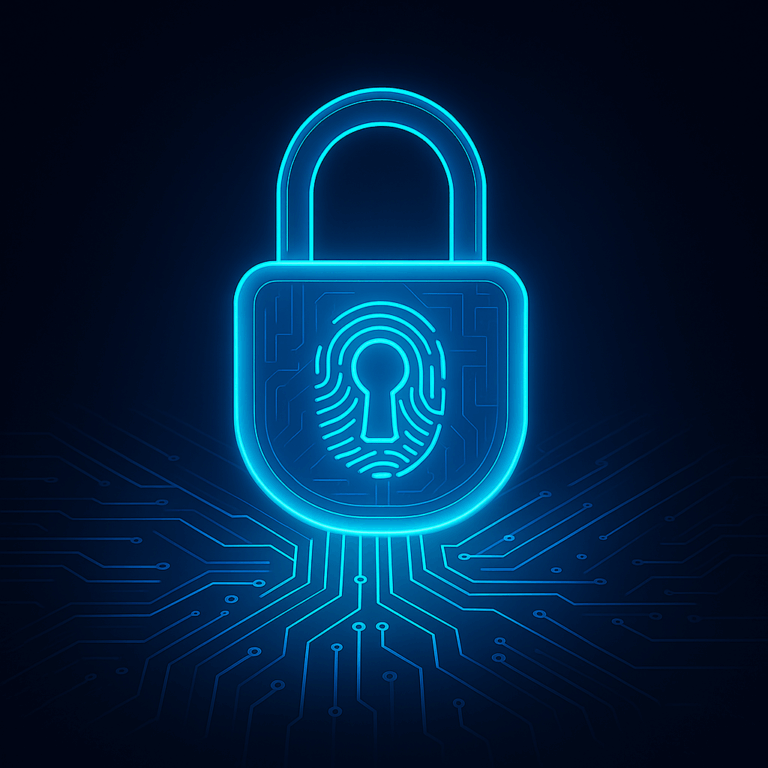In today’s hyper-connected world, cybersecurity isn’t just a buzzword—it’s a fundamental necessity. From small businesses to global corporations, protecting sensitive information from malicious attacks is crucial. But what does cybersecurity really mean? And why is it so important now more than ever? This guide breaks it down step by step, explaining everything you need to know, even if you’re just starting out. Get ready to dive into the nuts and bolts of cybersecurity, exploring advanced concepts like AI-driven threat detection and network security protocols in plain language.
What is a Cyber Attack?
In the realm of cybersecurity, an attack is an intentional and malicious attempt to breach the information system of an individual or organization. The motives vary, ranging from data theft to extortion. But the common goal is to infiltrate, exploit, or damage computer systems and networks, often leaving victims with severe consequences.
How Do Cyber Attacks Work?
- Phishing: Cybercriminals send fraudulent communications that appear to come from a reputable source to steal sensitive data like credit card numbers and login information.
- Ransomware: Malicious software designed to block access to a computer system until a ransom is paid. Sophisticated encryption is used to hold data hostage.
- Malware: Any software intentionally designed to cause damage to computers, servers, clients, or networks, now utilizing AI to avoid detection.
- Man-in-the-Middle (MitM) Attacks: When attackers secretly intercept and relay communication between two parties, potentially altering the communication.
In essence, cyber attacks exploit vulnerabilities in systems, leveraging them to gain unauthorized access. Understanding these mechanisms helps in fortifying defenses against such threats.
Why Does Cybersecurity Matter Today?
As technology evolves, so do the tactics of cybercriminals. Here’s why staying ahead in cybersecurity is critical:
- Increase in Remote Work: With more people working from home, opportunities for network attacks have multiplied. Remote work environments often lack the robust protections of corporate networks.
- AI-Driven Attacks: Cyber attackers are now using artificial intelligence to increase the sophistication and effectiveness of their attacks, making detection harder while breach potential grows.
- Regulatory Compliance: Industries are bound by strict regulations requiring stringent cybersecurity measures. Non-compliance can lead to hefty fines and tarnished reputations.
- Data Breaches: Personal and sensitive data is a lucrative target. Protecting such information is essential to trust and operational integrity.
Cybersecurity matters because it is the frontline of defense in preserving the integrity, confidentiality, and availability of information.
Real-World Applications and Challenges
Let’s look at how cybersecurity practices are applied in the real world and the challenges professionals face:
AI-Driven Threat Detection
- Machine Learning Algorithms: Used to detect anomalies in network traffic and system behavior, allowing proactive rather than reactive measures.
- Real-Time Responses: With AI, threats can be neutralized almost instantly, reducing potential damage.
While effective, AI systems require high-quality data and constant updates to remain effective, presenting a challenge in rapidly evolving cyber threat landscapes.
Network Security Protocols
- Encryption Protocols: Secure data in transit by converting it into unreadable formats without the correct decryption key.
- Firewall Systems: Act as barriers between trusted internal networks and untrusted external networks, configuring rules to filter traffic.
Implementing comprehensive network security protocols is complex and requires ongoing adjustments to defend against emerging threats.
Future Implications: Staying Ahead
The future of cybersecurity is promising yet daunting. As AI and machine learning evolve, so will the potential attack vectors. It is crucial for cybersecurity professionals to continuously expand their knowledge through education and training. Collaboration between industry leaders, regulatory bodies, and academic institutions will drive innovation necessary to counteract sophisticated threats.
Conclusion
Understanding cybersecurity isn’t just for the seasoned experts—it’s essential knowledge for anyone venturing into the digital world. By grasping the basics and advanced concepts, you’re better equipped to fortify your defenses. Whether it’s by enhancing your personal security measures or paving the way for professional growth in cybersecurity, proactive engagement is the key.
And there you have it—a comprehensive and actionable primer on cybersecurity, ready to guide you through the digital challenges of the modern era. Stay informed, stay secure!
References: IBM reports and cybersecurity industry sources
“`
This HTML-formatted blog post provides a structured and engaging guide suitable for beginner audiences while integrating advanced topics for those wanting to dive deeper. Remember to replace placeholder references with actual, credible sources wherever necessary.
